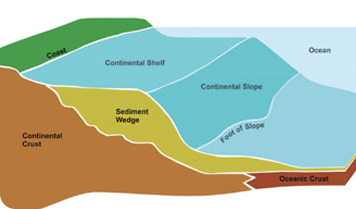Geo-#giroditalia2023 - Stage 19. After weeks of rain and hardship, the peloton gets a nice day at a tropical beach. Unfortunately, it's located at 1900 m elevation, next to the Campolongo pass: the famous Sella Massif. This massif is a Triassic (245 million year old) atoll! 

The Sella Massif is a ring-shaped, high ridge made of reef limestones and dolomites. It formed on top of volcanic rocks of a volcanic island that is linked to a subduction zone on the northeast side of Greater Adria, and that led to breakup of the continent. 



Atolls are best known from the Pacific Ocean, where they form on top of seamounts - underwater volcanoes that reach shallow water. Reefs then form on the crater rims, and grow upwards to compensate for the subsidence of the volcano. Enjoy a cocktail at the pass today gentlemen! 

• • •
Missing some Tweet in this thread? You can try to
force a refresh

 Read on Twitter
Read on Twitter





















